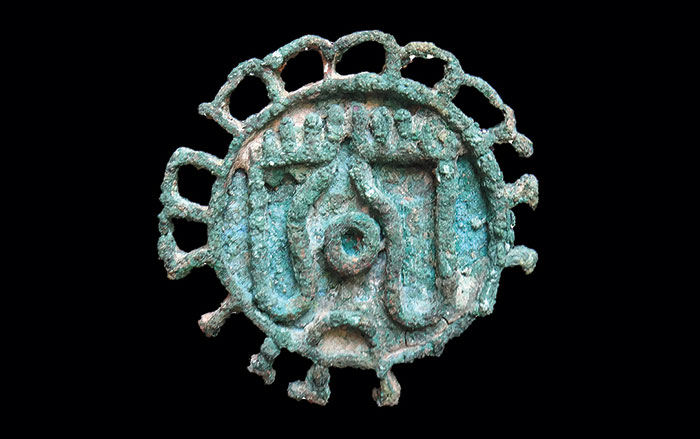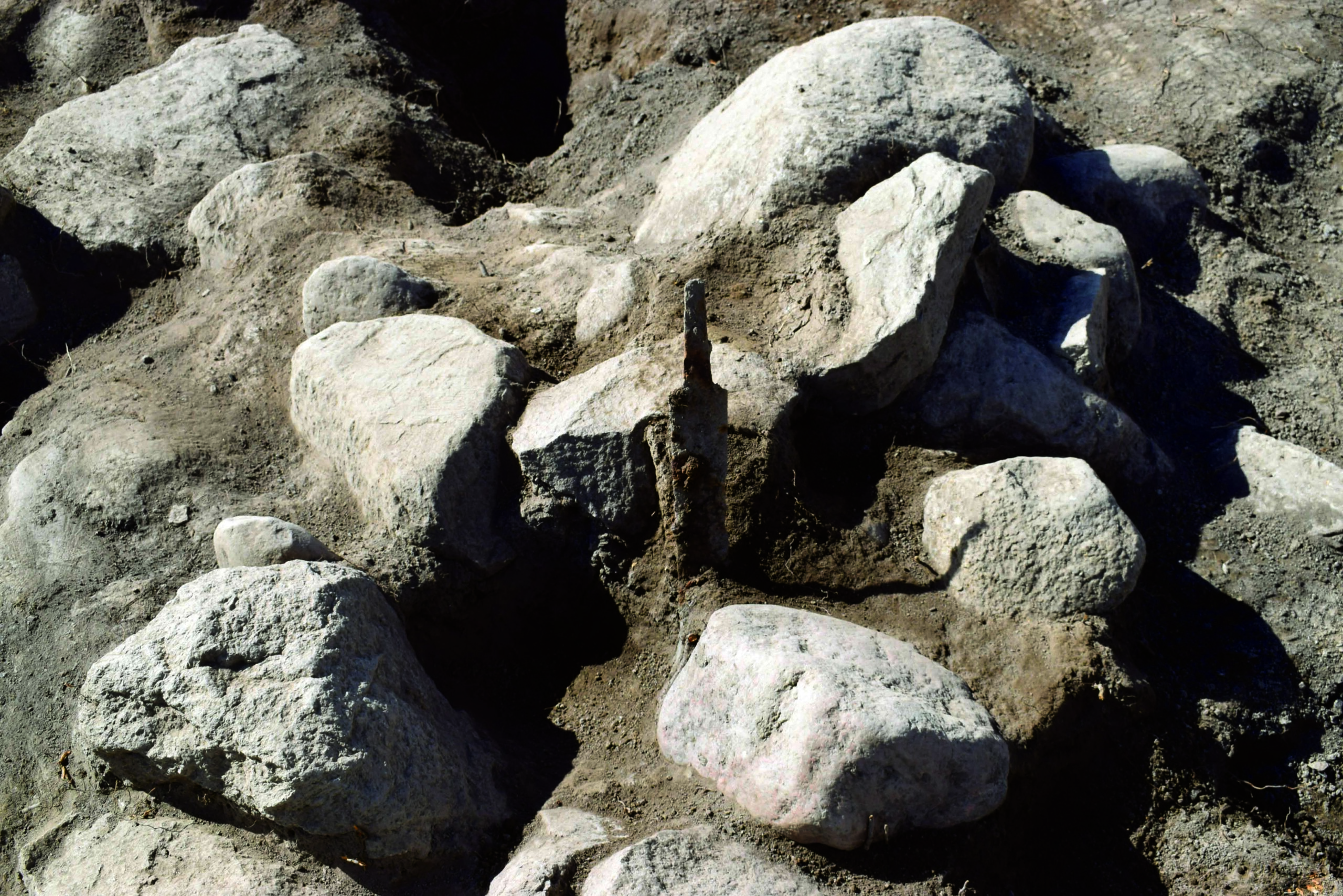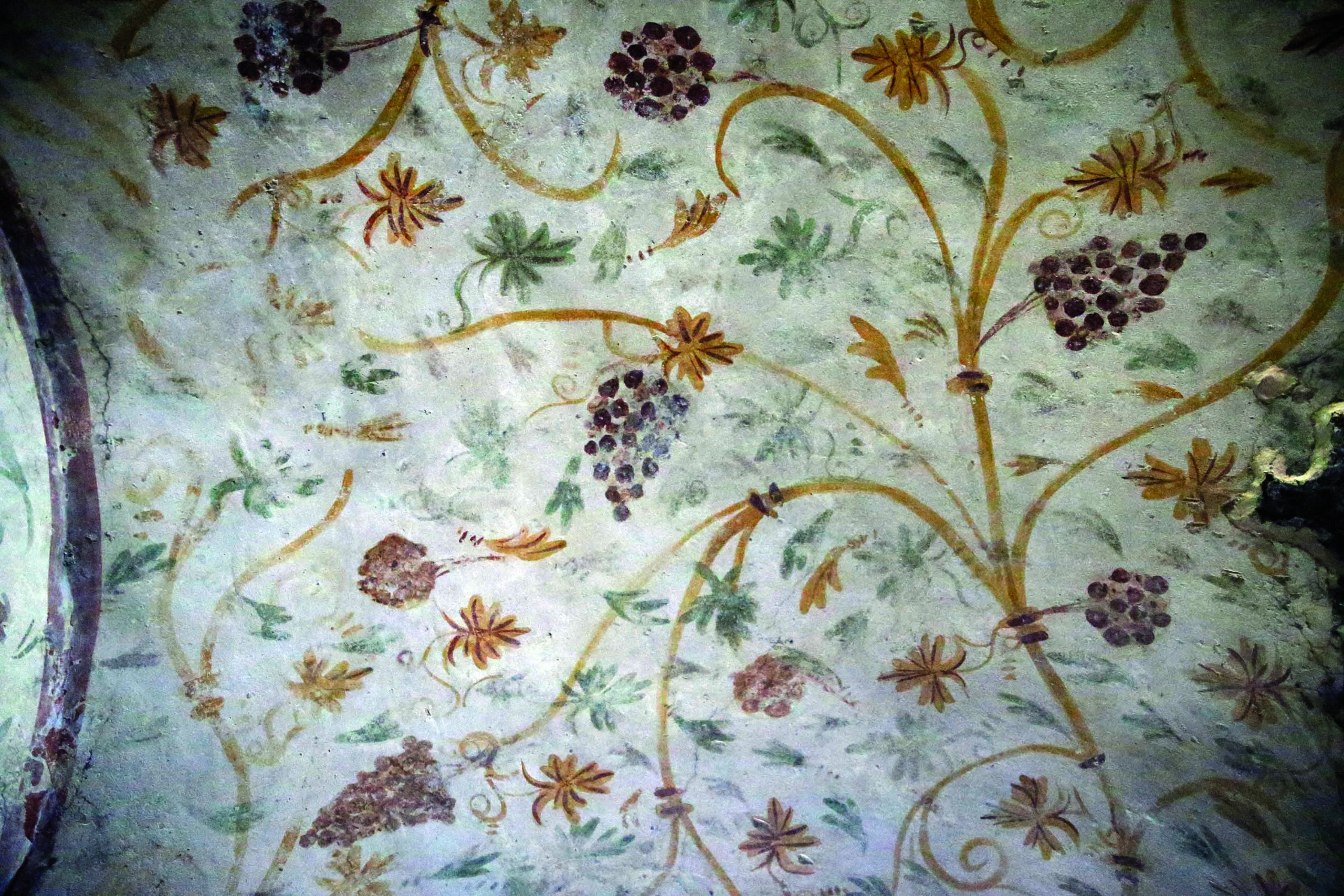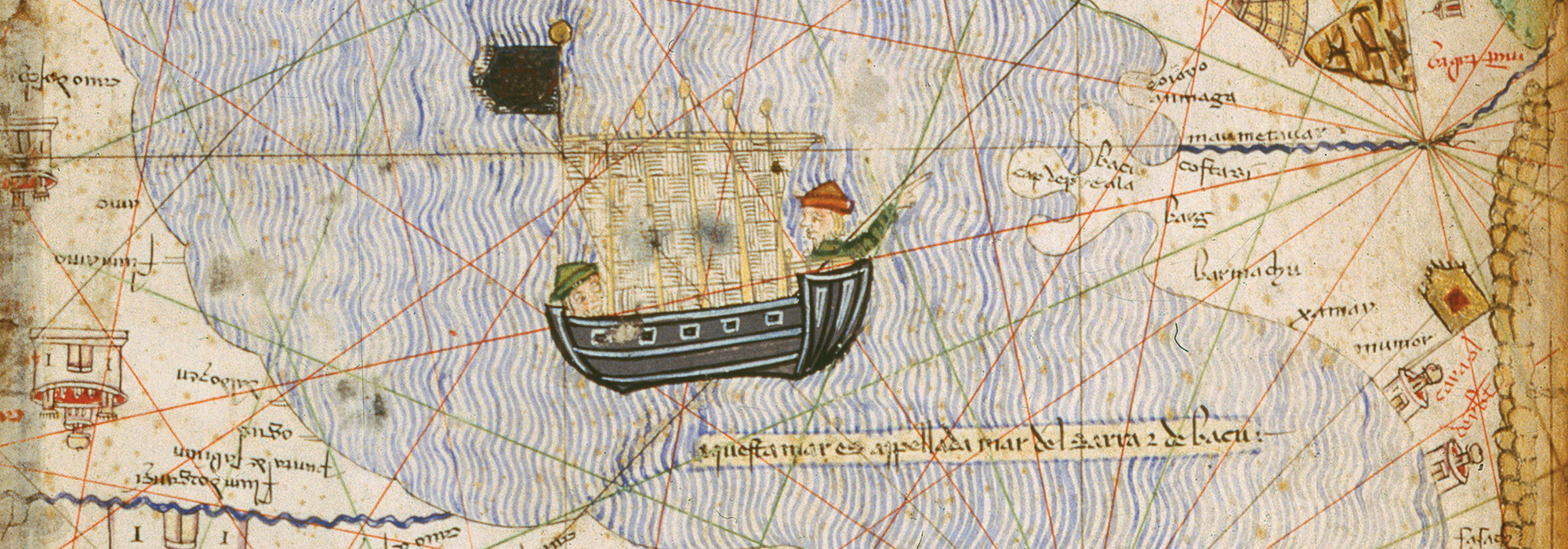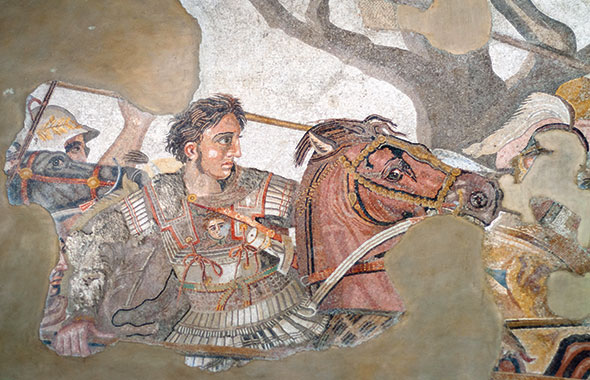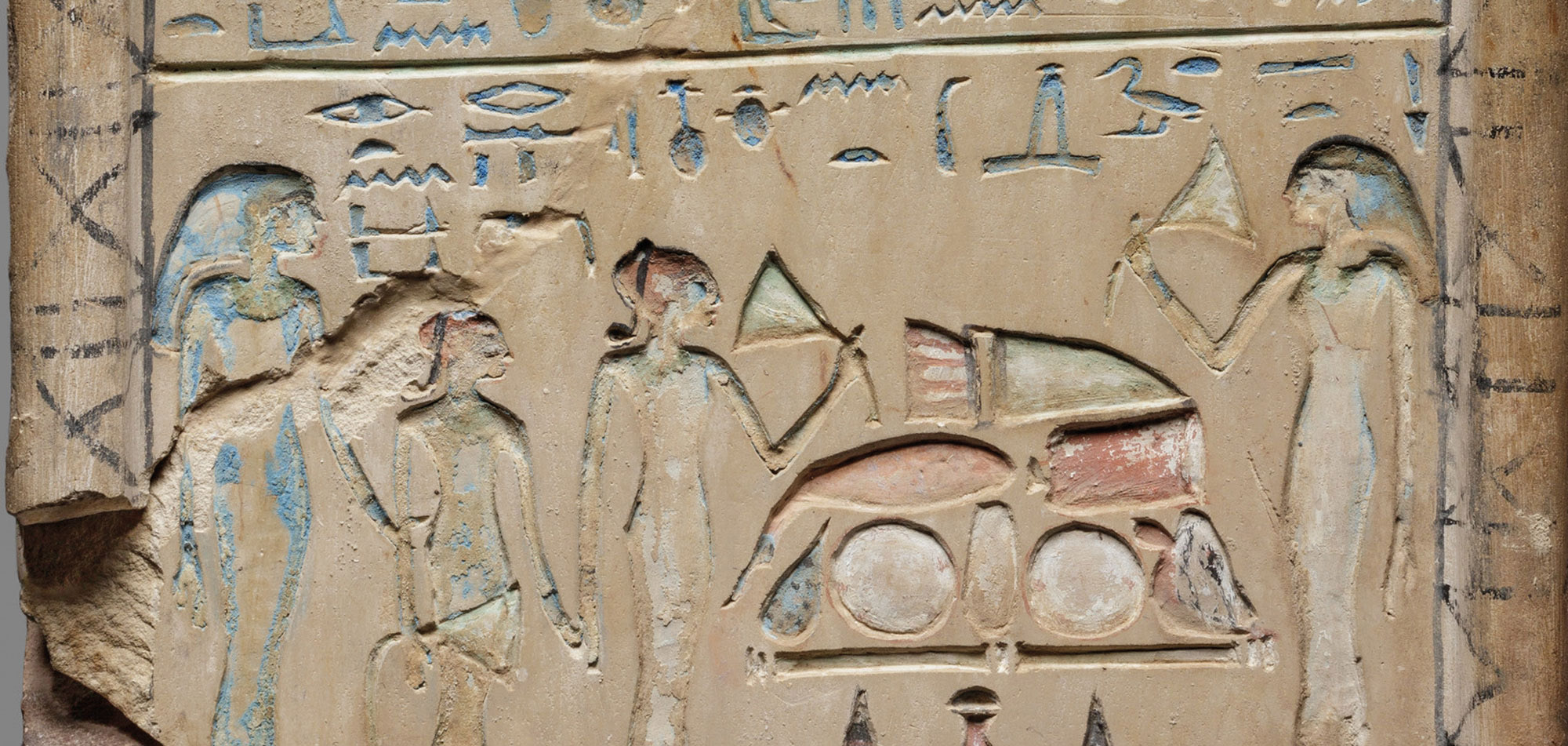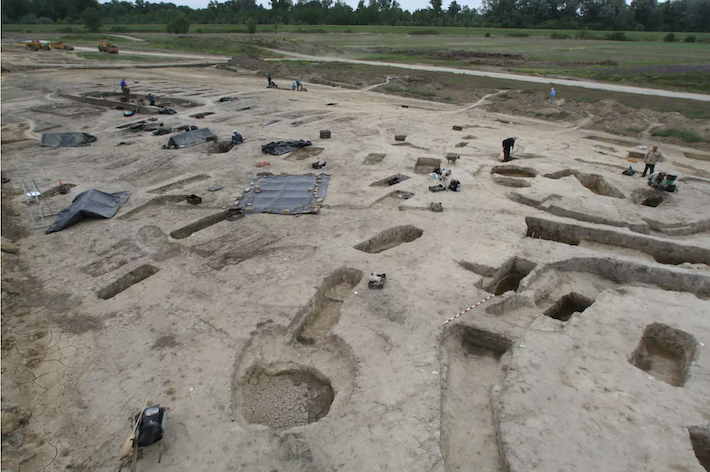
LEIPZIG, GERMANY—According to a CNN report, new analysis of ancient DNA samples from the Avars, a population of nomads from the Eurasian Steppe who dominated eastern central Europe for 250 years from the mid-sixth to early ninth century A.D, is shedding light on Avar social and marriage practices. Originating in eastern-central Asia as part of a coalition of tribes known as the Rouran khaganate, which was defeated in A.D. 550 by the Turks, the Avars traveled from Mongolia to Caucasus and settled in the Carpathian Basin of present-day Hungary in A.D. 567–568. While hundreds of thousands of lavish burials of Avar men—which included horses, saddles, and harnesses—have been excavated, no written historical records remain that document their lifestyle. In the study, researchers led by Guido Alberto Gnecchi Ruscone of the Max Planck Institute for Evolutionary Anthropology examined DNA from more than 300 people who were buried in four Avar-period cemeteries in Hungary across a span of nine generations. They determined that these Avars practiced a system of patrilineal kinship. This included patrilocality, a system where men remained in their communities following marriage, and female exogamy, whereby women typically married outside of their own groups and maintained social cohesion between communities. Analysis of identity-by-descent DNA connections demonstrated a high level of variability in the female lineage. This suggests that women who married into the Avar community were from far-flung places, but retained a shared “steppe” ancestry, indicating they were not likely a local people conquered by the Avars. That finding was also substantiated by a lack of interbreeding. In many cases, men were found to have multiple partners, and closely related men often had offspring with the same women partners, in which case widows were likely required to marry male family members to bear sons. According to the researchers, these patterns, in which children belong to their father’s family and ancestry is traced father to son, correspond with previous evidence of Eurasian steppe societies. Read the original scholarly article about this research in Nature. To read more about the archaeology of the Avars, go to “The Avars Advance.”


